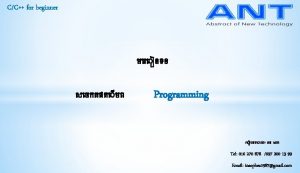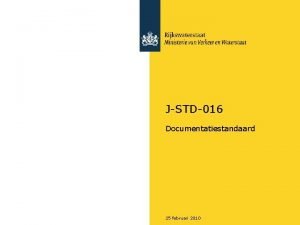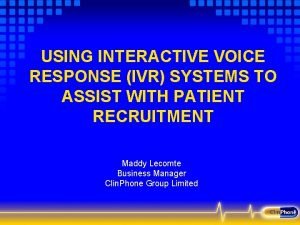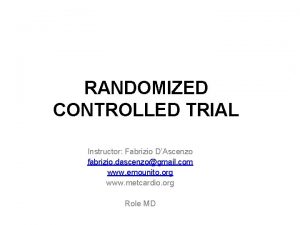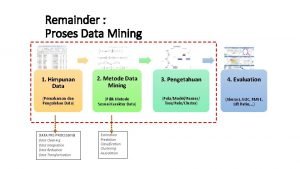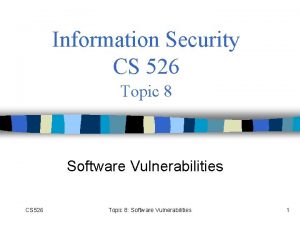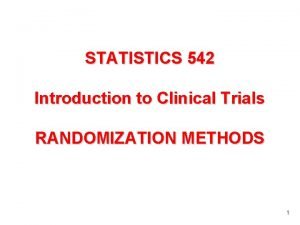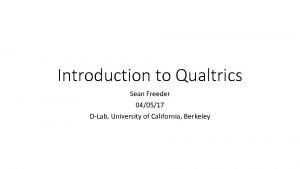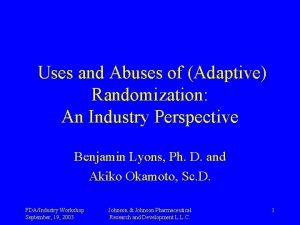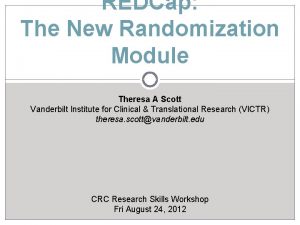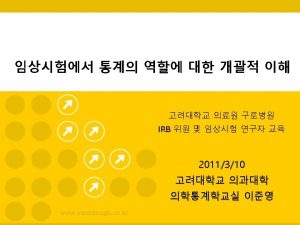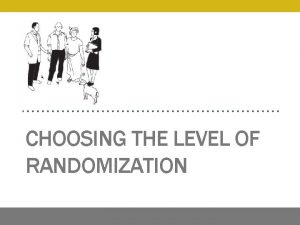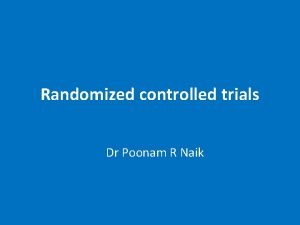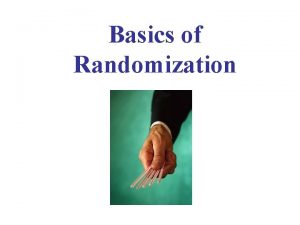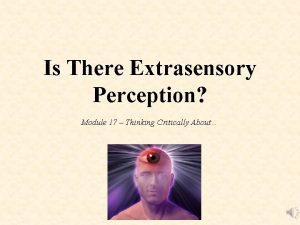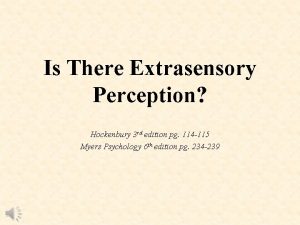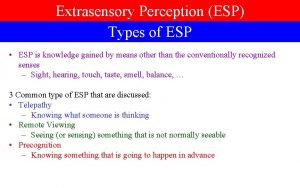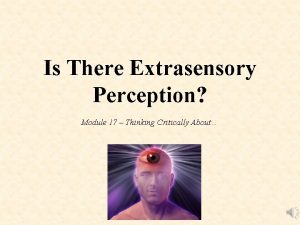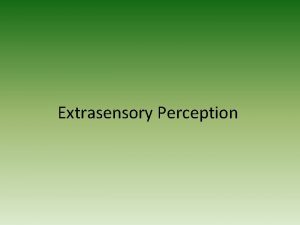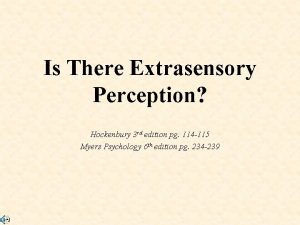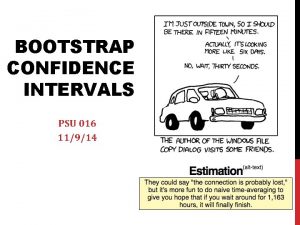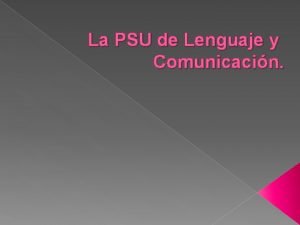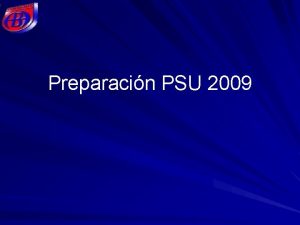RANDOMIZATION TESTS PSU 016 11214 Extrasensory Perception Is


















- Slides: 18

RANDOMIZATION TESTS PSU 016 11/2/14

Extrasensory Perception �Is there such a thing as extrasensory perception (ESP) or a “sixth sense”? �Do you believe in ESP?

EXTRASENSORY PERCEPTION One way to test for ESP is with Zener cards: Subjects draw a card at random and telepathically communicate this to someone who then guesses the symbol

Extrasensory Perception �Let’s do our own study! �Make your own Zener cards: �In groups of two or three �One person will shuffle the cards and attempt to telepathically communicate the symbol (no auditory or visual clues!). �One person will identify (guess) the symbol �Record whether or not correct each time �Do this a total of 15 times �Mark the proportion correct on the board

EXTRASENSORY PERCEPTION There are five cards with five different symbols If there is no such thing as ESP, what proportion of guesses should be correct? Because there are 5 cards, each person has a 1/5 chance of guessing correctly each time, if ESP does not exist. H 0: p = 1/5 Ha: p > 1/5

EXTRASENSORY PERCEPTION Statistics vary from sample to sample: even if the population proportion is 1/5, not every sample proportion will be exactly 1/5 How do we determine when a sample proportion is far enough above 1/5 to provide evidence of ESP? More general: How do we determine when a sample statistic is far enough away from H 0 to be statistically significant?

KEY QUESTION How unusual is it to see a sample statistic as extreme as that observed, if H 0 is true? How do we know how unusual a sample statistic would be if H 0 were true? SIMULATE what would happen if H 0 were true!

ESP: Simulate! • We just need to set up a rigged system so that the outcome we want happens 1/5 of the time in the long run • Then we use the rigged outcome to simulate outcomes that could happen just by chance. • There are lots of ways to do something like this… what are your ideas?

Lots of simulations! • It’s completely valid to just simulate by hand, but we need LOTS (thousands) of them… • We can use software to do the work for us www. lock 5 stat. com/statkey

ESP – Random Chance Are our results statistically significant? What can we conclude?

RANDOMIZATION DISTRIBUTION A randomization distribution is a collection of statistics from samples simulated assuming the null hypothesis is true

P-VALUE The p-value is the chance of obtaining a sample statistic as extreme as (or more extreme than) the observed sample statistic, if the null hypothesis is true

Calculating a p-value 1. What kinds of statistics would we get, just by random chance, if the null hypothesis were true? (randomization distribution) 2. What proportion of these statistics are as extreme as our original sample statistic? (p-value)

ESP P-VALUE Distribution of statistics that would be observed, just by random chance, if H 0 true p-value = 0. 247 Proportion as extreme as observed statistic p-value If you were guessing randomly, the chance of getting a sample proportion as high as 0. 294 is 0. 247. observed statistic

RANDOMIZATION TEST p-values can be calculated by randomization distributions: • Create a randomization distribution by simulating statistics you would see, just by random chance, if H 0 were true • Find the p-value as the proportion of simulated statistics as extreme as the observed statistic This idea works for any parameter!

p-value and Ha Upper-tail (Right Tail) Lower-tail (Left Tail) Two-tailed

SUMMARY p-values can be calculated by randomization distributions: • Create a randomization distribution by simulating statistics you would see, just by random chance, if H 0 were true • Find the p-value as the proportion of simulated statistics as extreme as the observed statistic p-values by randomization distributions will deliver the same results as those estimated using a theoretical reference distribution (Normal, t, etc) as long as the conditions for use are appropriate…

HOMEWORK • Randomization Test Assignment on Canvas (due on Canvas before next class) • Keep up with Piazza Posts • Post pictures for the “Get Involved” assignment • Participate in World-in-Conversation
 Rcep rules of origin
Rcep rules of origin Tel 016
Tel 016 J-std-016
J-std-016 Ace different tests iq tests still
Ace different tests iq tests still Interactive voice response system randomization
Interactive voice response system randomization Stratified randomization
Stratified randomization Randomization based on remainder
Randomization based on remainder Address space layout randomization
Address space layout randomization Randomization in statistics
Randomization in statistics Qualtrics randomizer evenly present
Qualtrics randomizer evenly present Forced randomization
Forced randomization Redcap upenn
Redcap upenn Whats a redcap
Whats a redcap Block randomization example
Block randomization example Blocked random assignment
Blocked random assignment Level of randomization
Level of randomization Poonam naik
Poonam naik Types of randomization
Types of randomization Executive house apartments state college
Executive house apartments state college

